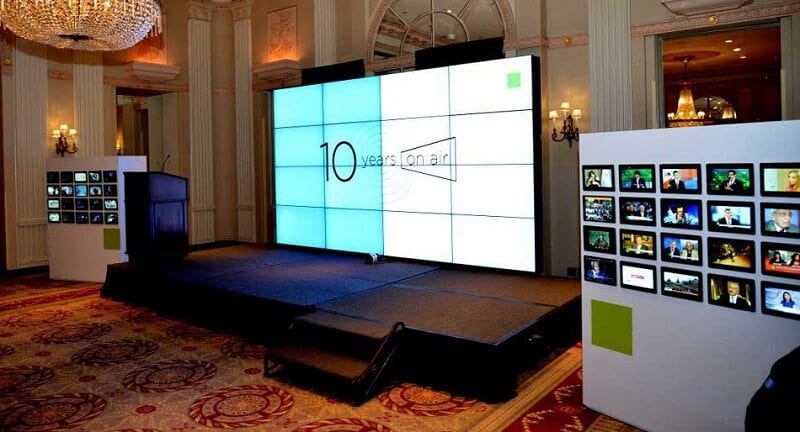Perfecting Hue Accuracy in Light Emitting Diode Wall Calibration for Breathtaking Visual Presentations
Perfecting Hue Accuracy in Light Emitting Diode Wall Calibration for Breathtaking Visual Presentations
Blog Article
Hue accuracy is crucial for producing stunning visual presentations, particularly when using LED walls. These massive displays are frequently found in locations like music venues, athletic arenas, and promotional billboards. When the hues on an LED wall are not accurate, the images can look dull or distorted, which can affect the overall experience for audiences. Therefore, perfecting color accuracy in LED wall tuning is crucial for achieving vibrant and true-to-life visuals.
The first step in ensuring color accuracy is comprehending how LED systems works. LEDs, or light-producing diodes, generate light in multiple colors by combining red, green, and blue (RGB) light. Each pixel on an LED screen consists of these three colors. When tuned properly, the mix of RGB can produce a wide range of hues. However, if one hue is too bright or too dim, it can throw off the entire display. This is why tuning is needed to equalize the hues and reach the intended graphic effect.
Calibration involves adjusting the settings of the LED screen to ensure that the hues shown match the initial material as closely as feasible. This process typically involves using specific software and hardware instruments. Technicians helpful site often use color measurement devices, such as color meters, to examine the hues being displayed. By contrasting the measured colors to benchmark color values, they can make exact adjustments. This guarantees that the hues are not only vibrant but also consistent across the whole display.
Another important factor of color accuracy is comprehending the environment in which the LED wall is employed. Factors such as ambient light can considerably impact how hues look. For example, a well-lit lit room may fade colors, making them look less lively. To counteract this, technicians may modify the brightness and differentiation configurations of the LED wall. Additionally, they may select specific color settings that are better suited for different lighting environments. This flexibility helps preserve color accuracy regardless of the viewing surroundings.
Ultimately, regular maintenance and recalibration are crucial for maintaining an LED wall looking its best. Over time, the functionality of LEDs can change due to factors like degradation and temperature fluctuations. Frequent checks and modifications can help guarantee that the colors stay accurate and lively. By committing time in proper calibration and upkeep, venues can offer audiences with stunning graphic presentations that enhance their overall impression. Mastering color accuracy in LED screen calibration is not just a technical job; it is an expertise that contributes to the magic of graphic storytelling.